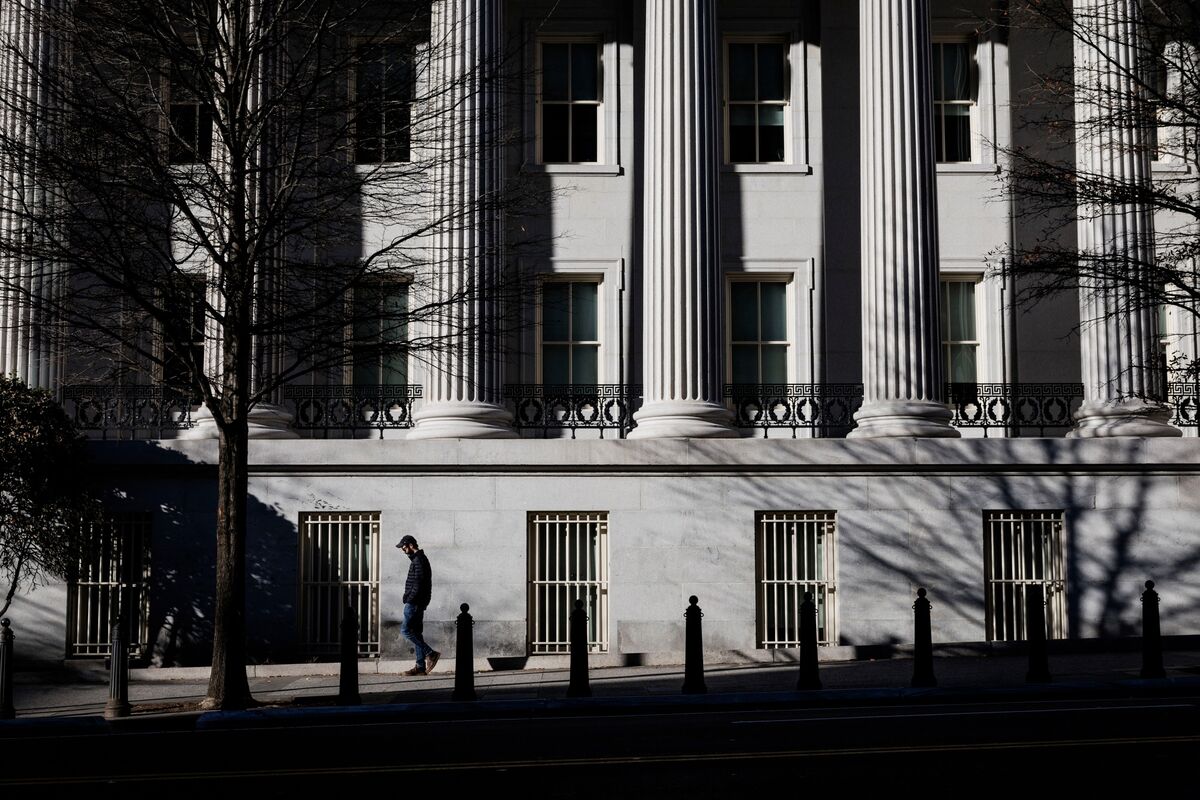Treasury Term Premium Soars: Decade High – What Does it Mean for Investors?
The Treasury term premium, a key indicator of investor sentiment and expectations for future interest rates, has surged to its highest level in over a decade. This significant jump reflects a complex interplay of economic factors and has profound implications for various asset classes and the overall economy. Understanding this shift is crucial for investors navigating current market uncertainties.
What is the Treasury Term Premium?
The Treasury term premium represents the extra yield investors demand for holding longer-term Treasury bonds compared to shorter-term ones, beyond the compensation for expected inflation. It essentially reflects the risk premium associated with the longer time horizon and potential interest rate fluctuations. A higher premium indicates increased risk aversion and expectations of future rate hikes or economic slowdown.
The Recent Surge: A Decade High
The recent spike in the Treasury term premium marks a significant departure from the relatively compressed yield curve seen in recent years. This dramatic increase signals a growing concern amongst investors regarding several key factors:
- Inflationary Pressures: Persistent inflation, though showing signs of cooling, continues to fuel uncertainty about the Federal Reserve's future monetary policy. Investors are pricing in a higher likelihood of prolonged higher interest rates.
- Recessionary Fears: While the economy shows resilience, growing concerns about a potential recession are weighing heavily on investor sentiment. A higher term premium reflects a flight to safety and a preference for shorter-term, less risky investments.
- Geopolitical Instability: Global geopolitical tensions, such as the ongoing war in Ukraine, contribute to market volatility and heighten risk aversion, driving up the demand for the perceived safety of US Treasuries, but at longer maturities.
Implications for Investors:
This surge in the Treasury term premium has several key implications for investors:
- Bond Yields: Higher term premiums translate to higher yields on longer-term Treasury bonds, offering potentially attractive returns for income-seeking investors. However, this also increases the risk of capital losses if interest rates rise further.
- Stock Market: The increased risk aversion associated with a higher term premium can negatively impact the stock market, as investors shift funds towards safer assets like government bonds.
- Mortgage Rates: The increase in longer-term Treasury yields can directly influence mortgage rates, potentially making homeownership less affordable.
- Corporate Bond Spreads: The widening spread between corporate bond yields and Treasury yields reflects increased risk aversion in the corporate bond market.
Looking Ahead:
Predicting the future trajectory of the Treasury term premium is challenging, as it's influenced by a multitude of interacting factors. However, several key developments warrant close monitoring:
- Federal Reserve Policy: The Federal Reserve's decisions regarding interest rate hikes and quantitative tightening will play a crucial role in shaping future term premiums.
- Inflation Data: The release of key inflation indicators will significantly influence investor expectations and market sentiment.
- Economic Growth: The pace of economic growth and signs of a potential recession will greatly impact investor risk appetite.
Conclusion:
The decade-high surge in the Treasury term premium represents a significant shift in the market landscape. Investors need to carefully consider the implications of this development for their portfolio allocation and risk management strategies. Staying informed about key economic indicators and Federal Reserve policy is crucial for navigating this period of heightened uncertainty. Consulting with a qualified financial advisor is recommended to assess the impact on your individual circumstances.
Keywords: Treasury term premium, bond yields, interest rates, inflation, recession, Federal Reserve, investor sentiment, risk aversion, economic outlook, market volatility, geopolitical risk.

